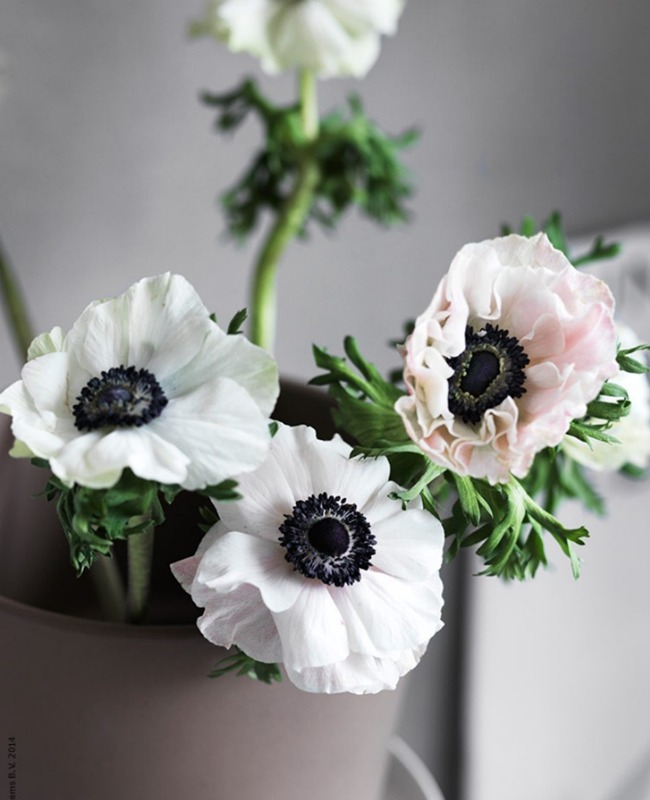



"Anemone" may also refer to Nea'man, the Phoenician name for Adonis, referring to an earlier Syrian myth of the god of vegetation, also tusked by a boar. The common name windflower is used for the entire genus. Some of the species are grown in gardens. Their popularity varies by species and region. In addition to certain straight species being available, hybrids and cultivars are available for certain species. Certain species, such as Anemone coronaria, are typically only available in hybrid form while others, such as Anemonoides blanda are nearly always sold in straight species form.Ĭultivated anemones are nearly always one of the following colors: bluish violet, white, pink, red, and hues in a range between violet and pink. There are no truly blue anemones, despite the frequent use of the label "blue" in marketing to describe blue-violet flowers (flowers that are more violet than blue). Color labelling inaccuracy in marketing is found in treatments of numerous other genera, especially as it concerns the color blue - although some popular garden flowers from the same family are actually blue, such as some selections from Delphinium. One species of anemone, Anemone ranunculoides, is unusual for its yellow flowers. In horticultural terms there are three main groups: Typically, only double-flowered forms of it are cultivated. spring-flowering species found in woodland and alpine meadows, often tuberous or rhizomatous e.g.spring- and summer-flowering species from hot dry areas, with tuberous roots, e.g.


 0 kommentar(er)
0 kommentar(er)
